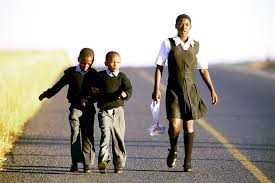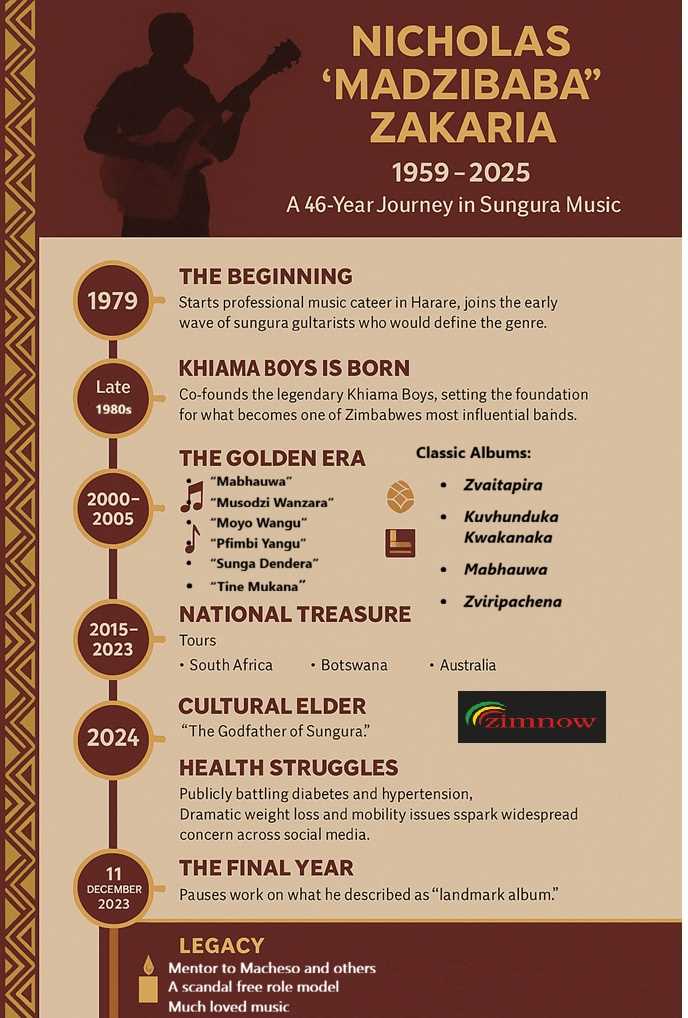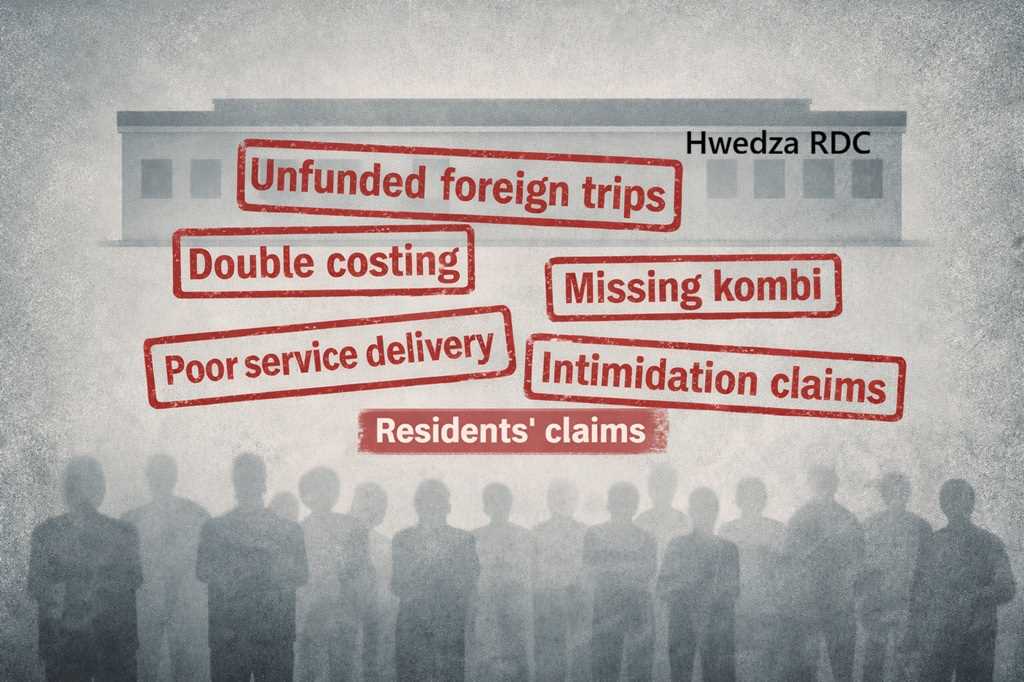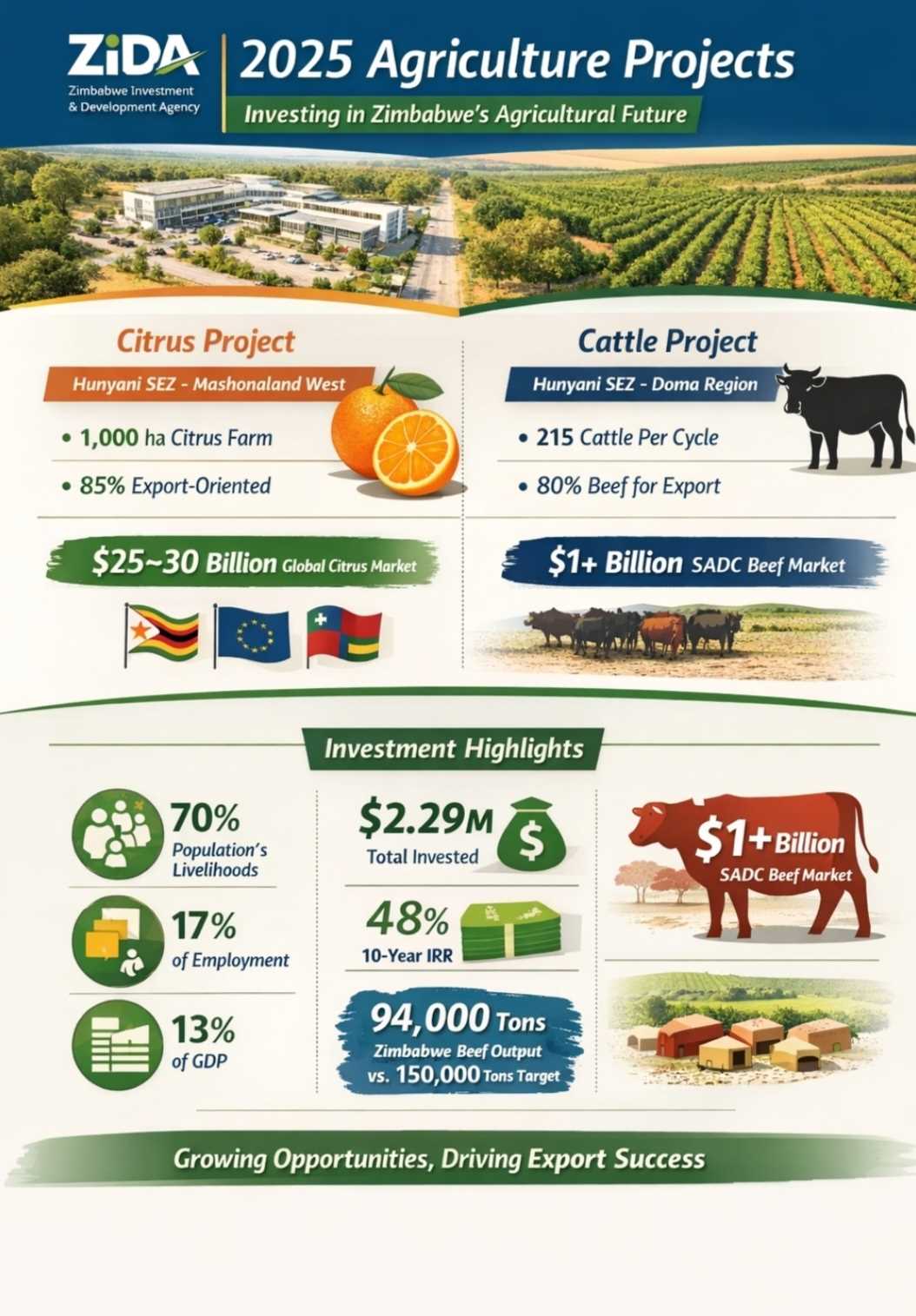
At 6 a.m., the mist still hangs low over Seke Road. Twelve-year-old Rudo Chikowore ties the strap of her satchel with a piece of twine and steps into the day’s first gamble — the 5-kilometre walk to school.
She and her friends tread carefully on the road’s crumbling edge, dodging haulage trucks that thunder past, the wind of their speed lifting dust and paper wrappers into the air.
There is no pavement, no zebra crossing, and no sign warning motorists that children share this route. “Sometimes we run when we hear the horn,” Rudo says, her eyes following a speeding kombi. “But we must still go to school.”
For thousands of schoolchildren across Zimbabwe, the daily journey to learning is also a journey through danger. Rural and peri-urban communities, where schools are few and far between, force pupils to walk long distances along busy highways. The risks multiply where road infrastructure is poor, visibility is low, and traffic volumes are high.
According to figures from the Traffic Safety Council of Zimbabwe, pedestrians account for more than 35% of road traffic fatalities nationally — with a worrying number being children under the age of 16.
In the first half of 2024 alone, over 400 child pedestrians were injured or killed in road crashes, most while walking to or from school.
“Every week we get reports of a child hit by a vehicle on their way to class,” says Chief Inspector Nyasha Chigova of the Zimbabwe Republic Police Traffic Section. “The problem is not just speeding — it’s the absence of safe walking paths and warning signs.”
At Manyame Primary School, a few kilometres outside Chitungwiza, headmaster Mr. Pride Masango points to the narrow road cutting through the community. “We have lost two pupils in five years,” he says quietly. “One was hit by a commuter omnibus just outside our gate. We have written letters asking for a pedestrian crossing, but nothing has happened.”
Parents echo the same fears. “My children leave home before sunrise,” says Mrs. Plaxedes Chikowore, Rudo’s mother. “I pray until they arrive safely. We tell them to walk in groups, but even that doesn’t protect them from careless drivers.”
The road, meant to connect communities, has become a barrier between children and education.
In the absence of government intervention, some communities are taking matters into their own hands. In Seke, for instance, parents have started a “Safe Walk to School” initiative. Each morning, one or two adults accompany groups of pupils along the busiest stretches, acting as human shields and guides.
At Norton’s Galloway area, teachers and parents pooled resources to buy reflective arm-bands and school vests for pupils. “We realised we couldn’t wait for help that might never come,” says teacher Memory Mukono. “The vests have made a difference. Drivers now slow down when they see the yellow flash.”
Other local innovations have sprung up, such as:
- Community-painted zebra crossings near schools, even where the council hasn’t marked them officially.
- Donated solar lights to illuminate dark bends and bus stops used by pupils.
Related Stories
- Awareness campaigns led by church groups and youth clubs, teaching children road safety songs and slogans.
Experts say these grassroots solutions, though modest, save lives. “Child pedestrian safety does not always require millions,” notes Eng. Godfrey Tanyanyiwa, a road safety consultant. “It needs commitment — signage, pavements, speed humps, and community vigilance. If every school adopted a Safe Route Plan, we could cut child fatalities by half.”
The Passenger Association of Zimbabwe has also voiced growing concern over the safety of pedestrians — especially children — amid increasing traffic law violations.
“The tragedy is that we have the right laws, but weak enforcement,” says Tafadzwa Goliati, the PAZ president. “Drivers who flout speed limits near schools must face stiffer penalties. Local authorities should not wait for tragedy before painting crossings or installing humps. Children’s safety should not depend on luck.”
Goliati adds that road safety must be viewed as a shared social contract. “Every motorist must recognise that a child on the roadside has the same right to life as the driver behind the wheel. In a just society, our roads must protect, not punish, the most vulnerable.”
The TSCZ’s Child Road Safety Programme aligns closely with the SADC Road Safety Charter, which urges member states to “protect vulnerable road users, especially children and pedestrians, through design, enforcement, and education.”
“Zimbabwe’s community-led initiatives are precisely what the SADC region envisions — participatory, evidence-based approaches rooted in local ownership,” says Dr. Mapula Mhlongo, a SADC Road Safety Programme officer based in Gaborone. “They bring to life the shared regional target of reducing road fatalities by 50% by 2030.”
Globally, Zimbabwe is also a signatory to the United Nations Decade of Action for Road Safety (2021–2030), which seeks to save 50 million lives through safer roads, vehicles, users, and post-crash response.
“The safety of children on African roads must not be an afterthought,” stresses Jean Todt, the UN Secretary-General’s Special Envoy for Road Safety, in a recent address. “If we fail to make walking and cycling safe, we deny our children access to education, healthcare, and opportunity.”
The African Road Safety Action Plan, endorsed by the African Union, further emphasizes child-focused safety interventions — including the creation of 30 km/h school zones and the integration of road safety education into school curricula, both measures that Zimbabwe has begun to implement.
The Traffic Safety Council of Zimbabwe has begun supporting community-led efforts through partnerships with local authorities, the Passenger Association of Zimbabwe, and UNICEF, which has donated reflective school bags in several provinces.
“Protecting children is a collective duty,” says TSCZ Director, Mr. Obio Chinyere. “Our interventions must not stop at awareness. They must translate into infrastructure and enforcement that make every school route safe.”
"We talk about building new highways,” adds Chief Inspector Chigova, “but forget that our youngest citizens walk on the same roads with no protection. Road safety starts at the village path — not the tollgate.”
As Rudo reaches the school gate, she pauses to wave at a group of parents who have joined that day’s Safe Walk. Behind her, the sun climbs higher, and the traffic grows heavier. But for once, she crosses without running.
There is fresh paint on the ground — a zebra crossing drawn by the community itself.
“Now the cars sometimes stop,” she smiles. “It’s not perfect, but it’s better.”
For Rudo and countless others, the road to education remains long. But thanks to determined communities — and growing support from regional and global frameworks — it’s no longer quite as deadly.



















Leave Comments